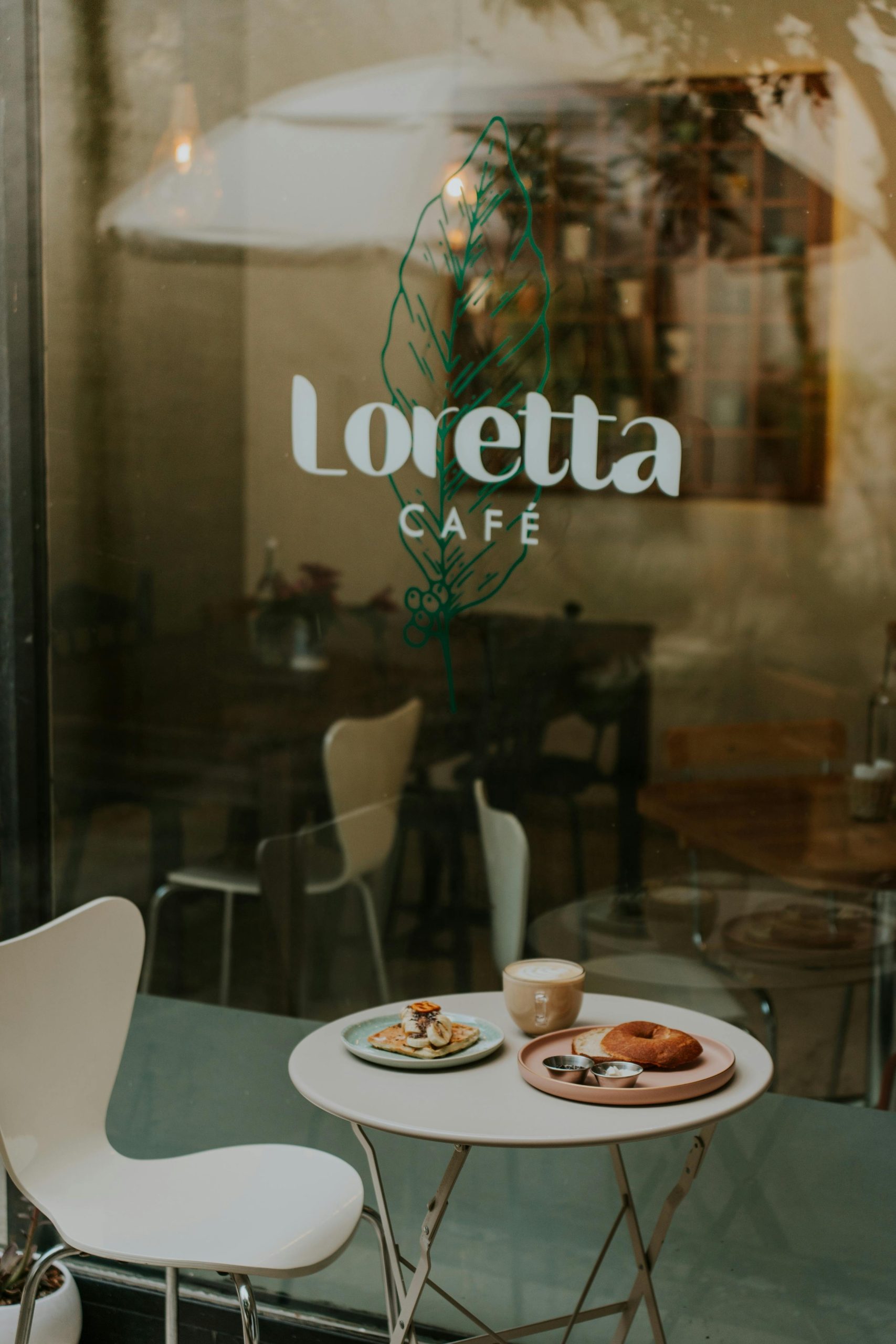The presence of ‘faith healers’ in the town can be attributed to several interconnected factors. Firstly, faith healing has deep cultural and historical roots in many communities, often associated with traditional beliefs or religious practices. People may turn to faith healers when seeking alternative solutions to medical or psychological issues, especially if they feel conventional medicine has not fully addressed their needs. Faith healers often provide a personal and holistic approach that some individuals find comforting or spiritually fulfilling.
Additionally, social and economic factors could play a role. In some cases, access to medical facilities may be limited, prompting individuals to seek out local or familiar alternatives. For others, faith healing might represent a more affordable option compared to mainstream healthcare services.
The personal experiences and testimonials of those who have previously found relief through faith healing also contribute to its continued presence and popularity. Word-of-mouth and community networks can significantly influence the decision to consult a faith healer, as personal stories of healing and recovery can be powerful motivators.
Lastly, the town might have historical ties or a cultural tradition of faith healing, which helps sustain its practice over time. This tradition can be continually revitalised by ongoing local interest, spiritual events, or visiting practitioners who keep the practice alive by catering to both historical curiosity and genuine belief in their methods.

This is a thought-provoking exploration of the factors behind the prevalence of faith healers in the community. I would like to add that the dynamic between faith healing and conventional medicine is particularly interesting and complex. While it’s true that some individuals turn to faith healers out of dissatisfaction or a perceived lack of efficacy in traditional healthcare, it’s also essential to recognize the potential benefits that can arise from integrating the two approaches.
For instance, a more holistic model of healthcare that acknowledges and respects the spiritual and emotional dimensions of healing could foster better patient outcomes. Healthcare providers could benefit from understanding patients’ cultural backgrounds and beliefs, thereby creating a more empathetic environment that encourages dialogue about various treatment options.
Additionally, exploring collaborations between faith healers and medical professionals might pave the way for innovative practices that honor both scientific and spiritual healing modalities. In communities where faith-based practices are deeply embedded, such partnerships could enhance overall health literacy and ensure that individuals receive comprehensive care that addresses both their physical and emotional needs.
Finally, it may be beneficial to conduct further research into the long-term health outcomes of those who engage with faith healers versus traditional medicine, which could help in understanding the true impact of this phenomenon in our towns.
This is a thought-provoking examination of the complex reasons behind the presence of faith healers in the community. I’d like to add another layer to this discussion: the interplay between community dynamics and faith healing practices.
In many towns, faith healers not only operate as alternative medical providers but also as integral parts of the social fabric. They can fulfill roles as community leaders, offering emotional support and guidance during difficult times. This aspect can be particularly appealing in areas where people may feel isolated or distrustful of formal institutions, including healthcare.
Moreover, the phenomenon of “communitas,” where shared experiences and rituals create a sense of belonging and connection among individuals, can enhance the perceived efficacy of faith healing. Participants often find solace in communal gatherings, which may provide psychological benefits that are just as important as physical healing.
Understanding this dynamic can help us appreciate why faith healers persist, as they often address not only spiritual or physical ailments but also the emotional and social needs of individuals in the community. This highlights the importance of considering holistic approaches to health and well-being, incorporating both medical and community-driven resources.
This is a thought-provoking analysis of the multifaceted reasons behind the prevalence of faith healers in the town. It’s important to recognize that while cultural, historical, and social factors play significant roles, we should also consider the impact of systemic healthcare gaps. In many communities, reliance on faith healing can sometimes highlight disparities in access to quality medical care, mental health support, and education about health issues.
Furthermore, fostering collaboration between healthcare providers and traditional healers—when appropriate—could bridge gaps and respect cultural practices while promoting evidence-based medicine. Understanding the community’s beliefs and values is crucial for developing holistic health strategies that honor tradition without compromising safety.
Ultimately, addressing the underlying social determinants of health—such as education, infrastructure, and healthcare accessibility—can help empower communities to make informed choices and may gradually shift reliance from solely spiritual solutions to integrated health approaches.